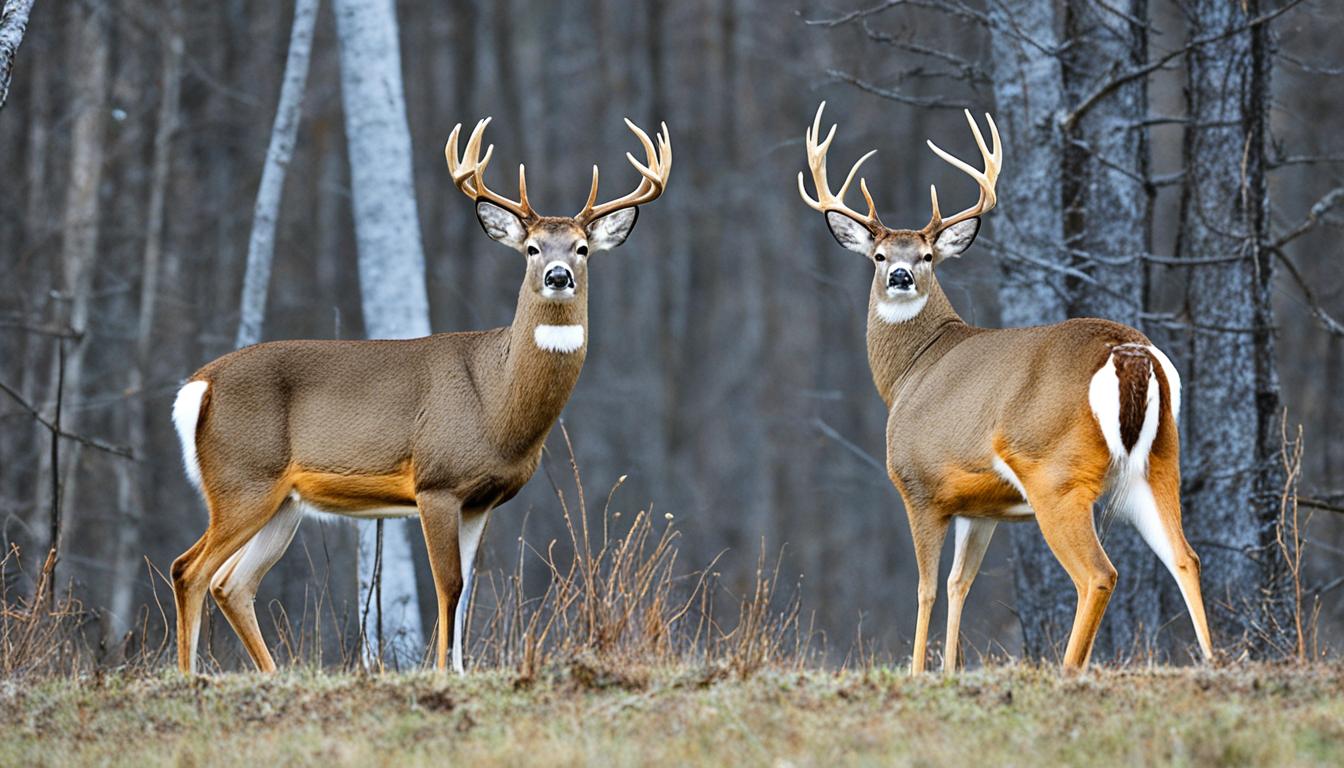No, But only for one reason. Penguins live around the South Pole – and Polar Bears only live around the North Pole: 20,000 kilometers apart. So no, Polar Bears do not eat penguins, because they can’t get to them.
Would Polar Bears Eat Penguins?

It would certainly be an unfortunate affair for the penguin – but if a Polar Bear were to eat a penguin – it would be a snack.
Most penguins weigh around 5-10kg – however, the Polar Bear’s main food (ringed seals) is around 70kg. Big difference. That Polar Bear would need to do a lot of snacking? As we know though it is all hypothetical as these two species live so far apart as to never meet.
Polar Bears usually catch their seals swimming in the water (reaching up to 6mph) or when they are laying on the ice (in a surprise underwater attack) – two techniques very unlikely to work so well with tiny agile birds? So perhaps Polar Bears wouldn’t even eat penguins if they DID live in the same hemisphere?

What Animals Do Eat Penguins?
There are plenty of animals that will eat penguins – and some make it their main food – so they are a great food source for someone.
Sometimes they are just a glut of food during a particular season – like when the chicks are fledging and haven’t quite learned about the dangers of the open sea. Unfortunately for them though – they aren’t just attacked in the sea. Predators attack from the land and the sky too.
Leopard and Fur Seals:
Seals often hunt penguins as they are either leaving the land or after a long day’s fishing. Leopard seals are one of the keenest and will catch penguins all day long. Many species of fur seals all around the southern hemisphere from Africa, Australia and South America, prey on penguins too. Such a great complete food source having fed themselves up already on smaller fish.
Sea Lions:
Sea lions, just like seals, hang around in the water waiting for penguins. They often pick up on a route used by penguins and use that as a funnel. Often they will even come up onto land and chase down penguins who are weaker or who are separated from the group to save time.
Wild Dogs, Hyenas and Armadillos:
Not something you usually associate with penguins and the Antarctic – but many penguins live on the coasts of Africa, Australia and South America. As a result hyenas, dingoes, jaguars, Tasmanian devils and even armadillos (?) have learned that in times of trouble (and when you have young to feed) – they are a great food source.
Killer Whales And Sharks:
Penguins spend many hours a day feeding in the open ocean where they hardly have any predators it is when they return to shore that they are most at risk – mostly when they are first heading out. Killer Whales (Orcas) and sharks know a trick – and they all have a feast while all the new chicks are learning to swim and catch them while they are paddling around in the shallows.
Skuas, Petrels And Caracara:
Many predatory birds eat penguins on land – mainly baby penguins. They feast on young defenceless chicks – and sometimes fully-grown adults (some are only 2kg anyway). Petrels can be over a metre long (with a 2m wingspan) so taking tiny penguins is easy pickings.
Cats, Rats And Foxes:
These animals don’t eat the adult penguins or even the chicks – but they steal the eggs when they can – and on all continents bar Antarctica.
Penguins have to nest on the ground and although they actively defend their nests, they can be tricked into leaving their eggs unattended. Penguins on the edge of the nesting sites are also more likely to be weaker anyway – or single parents – and so these sneaky ground predators can be in for a glut every season.
Are Penguins a Natural Prey for Polar Bears?
Polar bears rely on a diet primarily consisting of seals, fish, and other marine mammals. Penguins, however, do not naturally occur in the Arctic regions inhabited by polar bears. Penguins are found mostly in the Southern Hemisphere, where they are not a natural prey for polar bears. Their distinct habitats and geographical separation prevent any interaction between these two species in terms of penguin diet and eating habits.
Can Polar Bears See In Color?
Polar bears’ color vision and abilities have long been under scrutiny. Studies suggest that while they have the ability to see in color, their vision might not be as vibrant as that of humans. This adaptation allows them to better blend into their icy surroundings, aiding their hunting strategies. Scientists continue to delve into the intricacies of polar bears’ visual capabilities.
Are There No Penguins At The North Pole?
There are definitely no penguin species living at the North Pole or around the Arctic – although penguins are found up to the Tropic of Capricorn not just on Antarctica. They just haven’t evolved to live any further north and we can only guess as to why.
One of the main reasons might be that there is no land at the North Pole – where the South Pole is solid ground. Another is that there are different food sources and ocean currents in the Arctic. Another is predators – there are no land predators at the South Pole – penguins are totally safe on land away from the shore – this is why they travel so far inland to have their offspring.
It would be a very lost little penguin who ended up in the North Pole!











